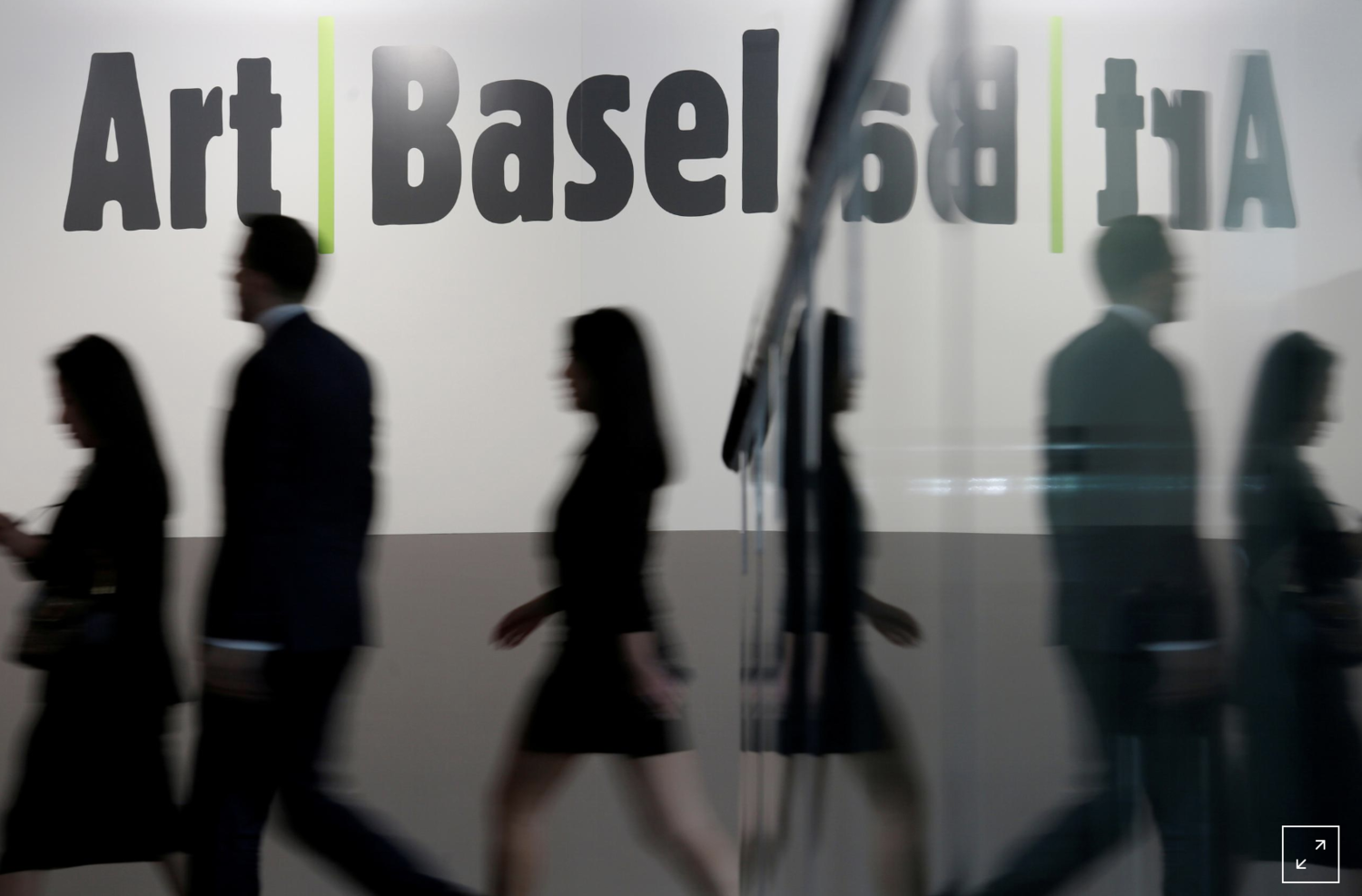As a former wall street executive at Bank of America, I was trained to evaluate investments for our clients and suggest strategies to help them maintain and grow their wealth. Over time, I learned that those recommendations were based on a few basic principles and I began to apply those strategies to the art world. In 2005 I began to pursue my passion for art and I focused on nurturing the careers of artists. I’m honored to have been following my passion to become a connector for buyers and artists for nearly 15 years!
Last week I was quoted by Reuters Money in an article highlighting how art collectors are involving their heirs. I explained that, “I do see trends where more collectors are involving their families into the art-buying process.” One of my clients gave examples of how he is educating his children on works he has purchased. Education is a key part of the process to pass art down to future generations. Thankfully, the power of social media has given us the ability to integrate art into our daily lives too!

As I flash back to the first few years when I started working in the art world, I noticed a thread of passion that has carried me through to this day. This ‘passion’ has given me a chance to meet some special and talented souls along the way! As I refined my ‘eye’ for art over the past fifteen years, art world valuation principles are similar to other asset classes. Can you believe that art as an asset class has grown over 212% in the last 10 years? A report by Deloitte and Art Tactic estimates that $1.62 Trillion in art and collectible wealth was held in 2016 by UHNW individuals and there will be an estimated $2.7 Trillion by 2026. How these collections will be managed in tax and estate planning will have tremendous implications for collectors and their families as the greatest transfer of wealth takes place in history.
As I was settling into my west coast life in Los Angeles over the last year, I had time to reflect on the next steps for my business. One day during a conversation with a friend, something triggered me and I recognized that the knowledge I had been sharing exclusively with clients seemed to be limiting the growth of my business. At that moment, I made the decision to launch a video series to share my knowledge more broadly in a public forum. Three months in, I have grown more confident to carve out a video series that is beginning to resonate. The third video “How Is Art Valued” provides 3 tips to keep in mind when valuing a piece of art. If you haven’t already subscribed to my YouTube channel, stay connected here!
Consider these tips when valuing a piece of art:
1. Supply and Demand – if there is one of anything, it becomes more valuable. It’s also important to consider how much the artist is able to produce in one year. Some artists are only able to produce a limited number of paintings each year do the sheer time to complete the paintings. If an artist is creating unique work that becomes sought after, the lines to obtain the work(s) can grow over time; thus, reducing the supply and increasing the prices over time.
2. The Provenance – who is supporting or buying the artist? It makes a difference if a trustee from a major museum is supporting an artist vs. a collector who doesn’t support a major institution. Artists who are collected by ‘patrons’ also adds value to their provenance.
3. Costs to the Artist – Consider the artist’s canvas costs, supplies, and time spent creating the piece. When purchasing works by emerging artists, take into consideration the number of hours it took for them to complete the work of art as well as the price of the canvas or framing. Thinking about these two points will provide a basis for the cost of the work. Refer to #1 and #2 above for additional guidance.










